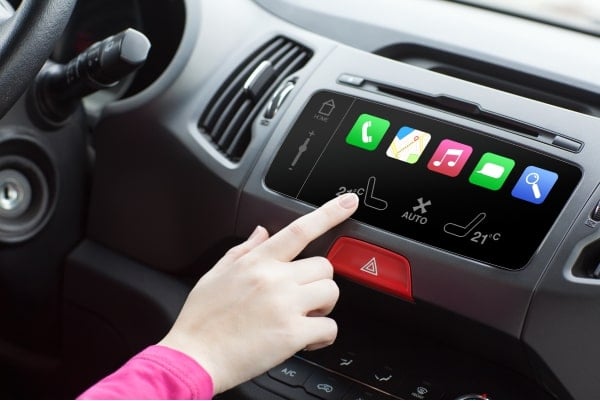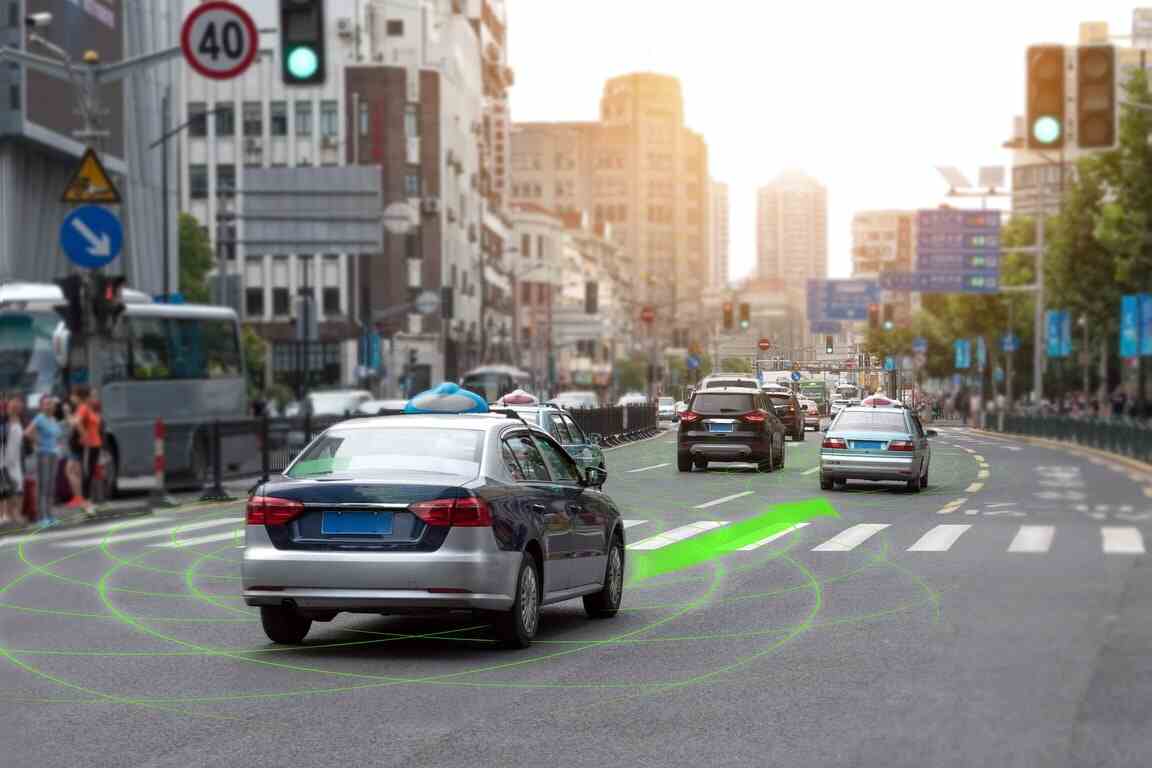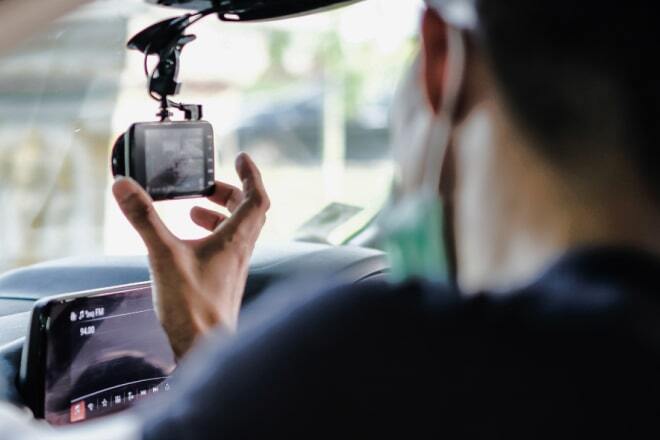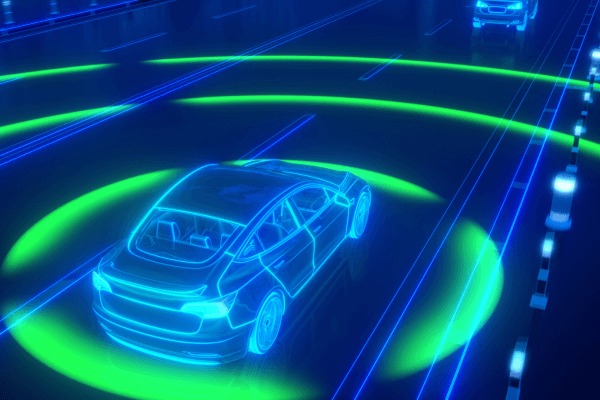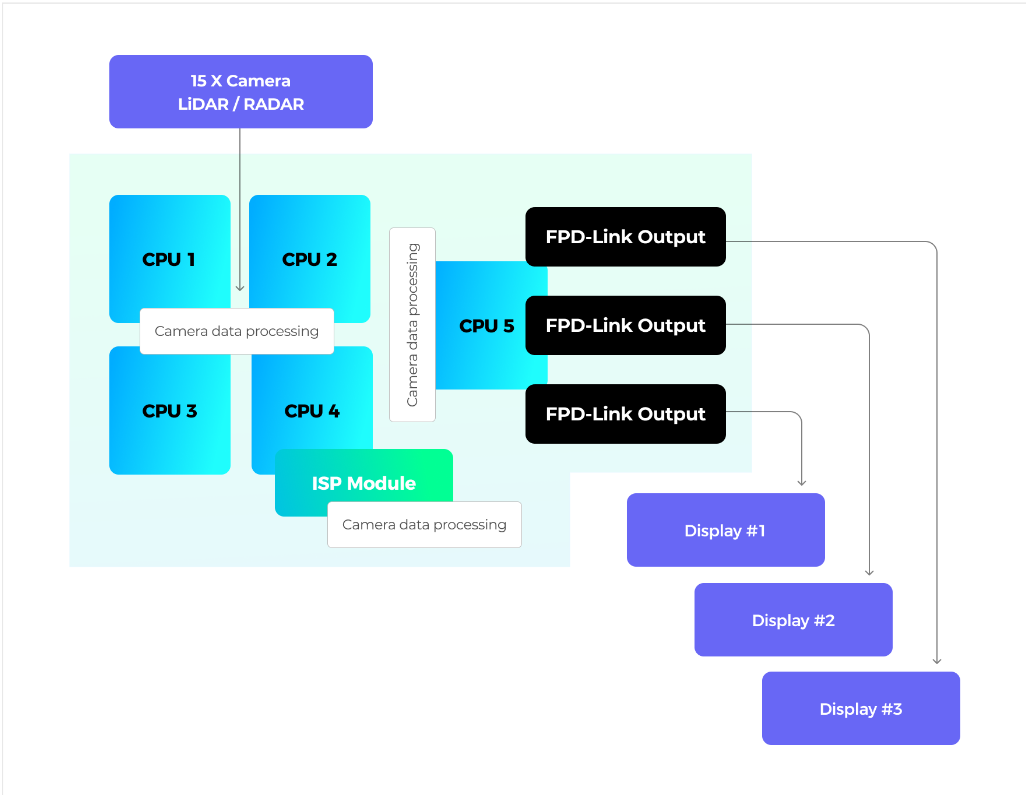Check out our latest blog article: From component to enterprise – modular robotics done right.
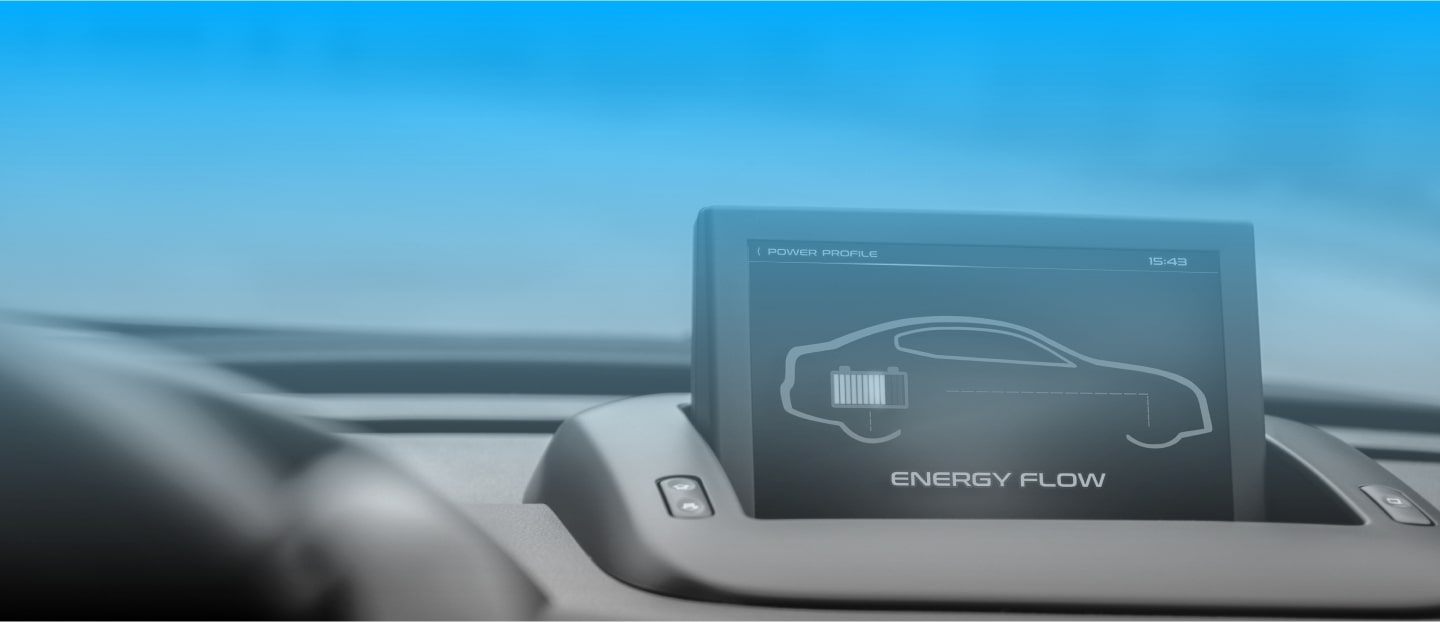
ADAS Solution for Electric Vehicles
A real-time data processing system for 15 Full HD in-vehicle cameras
The client specializes in the production of lightweight commercial vehicles. They wanted to enhance their product offering with an advanced driver assistance system (ADAS).
Case Highlights
- Designed to processes data captured from 15 Full HD cameras in real time
- Linux SMP architecture
- 3 x FPD-Link III displays
- Five ARM-powered processors
- Handles exposure, autofocus, white balance, and fish-eye effect
Project Information
T&M (time and materials)
Agile
Embedded Engineers
Problem
The client was working on an ADAS solution.
They approached Softeq to design a platform to make driving safer. The system uses data from 15 car cameras to prevent accidents, watch the weather, and drive the car by itself.
Solution
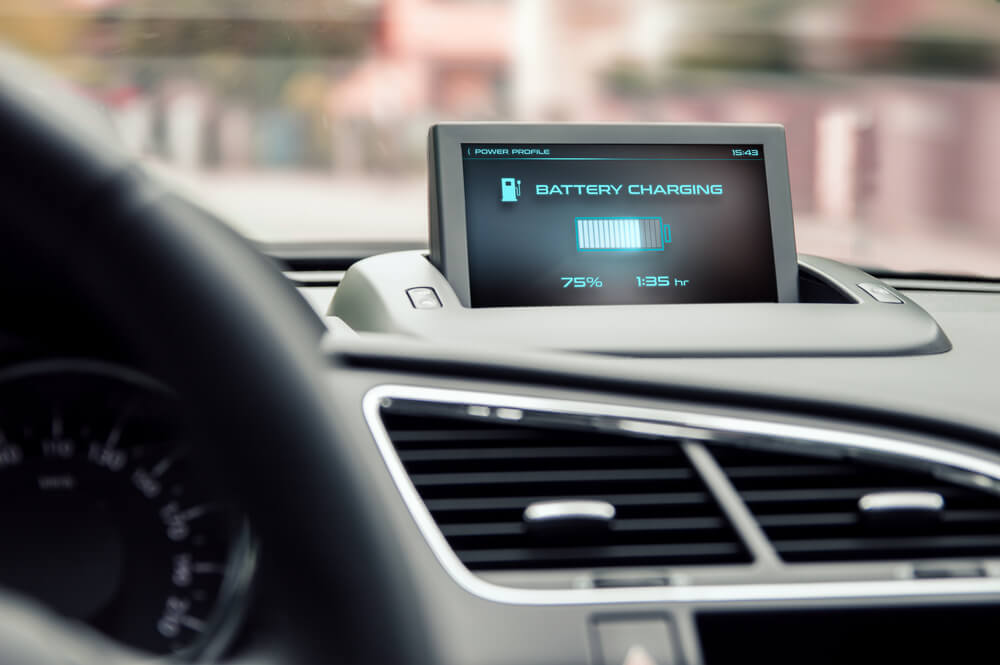
Market Research
Softeq researched the CPU modules available on the market.
First, we were looking for a system on a module (SoM) device, which would serve as a basis for our system. The device had to meet the following requirements:
- Be capable of processing data captured from 15 Full HD cameras in real time
- Collect data not only from cameras but from other internal vehicle systems (HMI, IVI, ECU and more) via CAN, LIN, etc.
We evaluated 10+ CPUs from different vendors. The results showed that there wasn’t an SoM solution on the market that could handle more than four Full HD cameras in real time, including post-processing, so we decided to build one from scratch.
Solution Design
Softeq designed a custom solution based on the Linux symmetric multiprocessing (SMP) architecture, which is able to combine multiple processors into a single system.
The solution consists of five ARM-powered processors: four for processing digital images generated by the onboard cameras, and one for mathematical calculations and external connection processing. To take the load off the main processors, the device incorporates coprocessors responsible for image analysis.
The system can use RADAR/LiDAR technology to precisely estimate the distance between objects. The design includes 15 camera inputs and 3 FPD-Link outputs for displaying data. It supports Automotive Ethernet, CAN, LIN, and more.
Data Transfer
Softeq developed drivers for FPD-Link III interfaces.
As the automotive industry requires specialized technical solutions for data transfer - data buses, we used FPD-Link III interfaces for input and output devices (cameras and displays). Our team developed custom drivers that allow the system to interact with light sensors. At this level, lens correction algorithms are applied to enhance images (exposure, auto focus, white balance, cropping, scaling, fish-eye effect reduction, and color space conversion).
Device for Environment Monitoring
In order to make sure the idea was viable, Softeq built a monitoring device for collecting information about the surroundings.
The CPU-based device connects to several rear-view and parking cameras and collects the data about the environment. The solution performs basic image signal processing of data captured by camera light sensors. For this, it uses our lens correction algorithms.
Innovate with Confidence
Turn to us to integrate advanced digital capabilities into your automotive solutions See how
Result
Viable system design
Softeq designed a solution that would process data captured by 15 Full HD cameras in real time. Currently, the team is working on improving the lens corrections algorithms.
Related Articles
